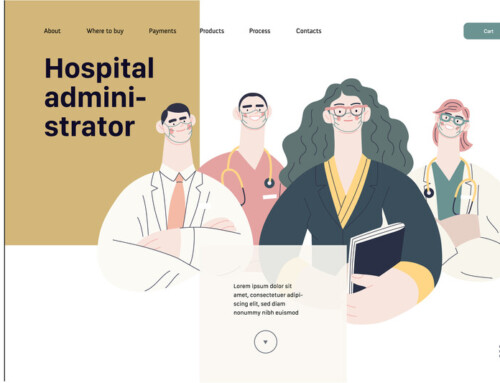 ◆The first sexual harassment survey by the Ministry of Health, Labor and Welfare
◆The first sexual harassment survey by the Ministry of Health, Labor and Welfare
The first survey into sexual harassment and related issues conducted by Japan’s Ministry of Health, Labour and Welfare reveals that the number of women with work experience who responded that they have suffered from sexual harassment in the workplace has risen to 28.7%.
The survey targeted 26,000 female employees aged between 25 and 44 working in 6,500 companies with 10 or more employees (valid respondents 17.8%). In addition, another 5,000 people were surveyed via the Internet.
◆Types of sexual harassment and how female employees reacted
Types of sexual harassment included “having ones appearance, age, or physical characteristics talked about” (53.9%), “unnecessary bodily contact” (40.1%), and “demands for sexual relations” (16,8%), revealing the severity of the situation.
With regards to how women reacted to the harassment, the most frequent response was: “I put up with it. I did not do anything in particular” (63.4%). The survey revealed that, in many instances, the women were forced to accept the situation.
It should also be noted that workplace discrimination against pregnant women (which is referred to as “matahara,” maternity harassment, in Japanese) has been experienced by 21.4% of women, who suffered disadvantageous treatment on the grounds of pregnancy. These included cases where women appear to have experienced harassment not only from superiors but also from colleagues, and not only from males but also from females in the company.
◆Measures for the future
From April this year, the ministry will establish employment environment and equality departments in all 47 prefectural labour bureaus in the country. The government policy is to have these departments act as one-stop advisory centers on issues such as power harassment and pregnancy-based discrimination and for increased guidance and education from government towards companies.
At present, while they deal with similar issues, government offices providing advice are split up into the Equal Employment Office for sexual harassment and pregnancy-based discrimination, and the Labor Standards Bureau for power harassment.
This means that those who have simultaneously suffered a variety of forms of harassment are sometimes sent around from one government office to the other. The system was consequently re-examined.
◆Working towards creating harassment-free workplaces
Various forms of harassment have been increasing in the workplace in recent years, and the number of cases where victims seek consultation about harassment that they have suffered remains at high levels. Harassment also leads to a loss of workplace morale and efficiency, and in some instances, may also lead to litigation or the loss of life.
Companies must recognize the serious nature of the problem of workplace harassment.





